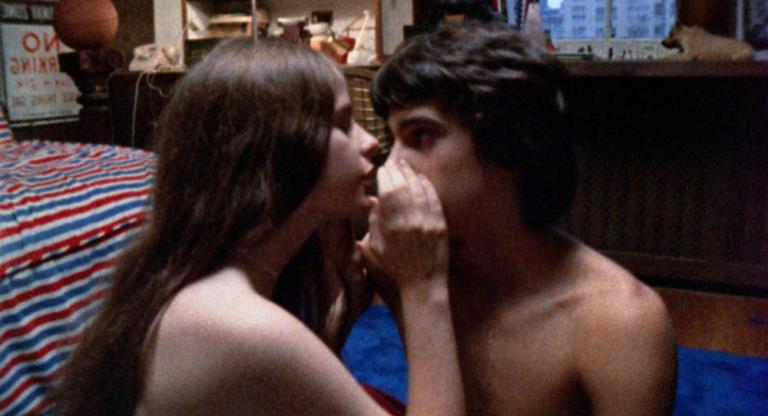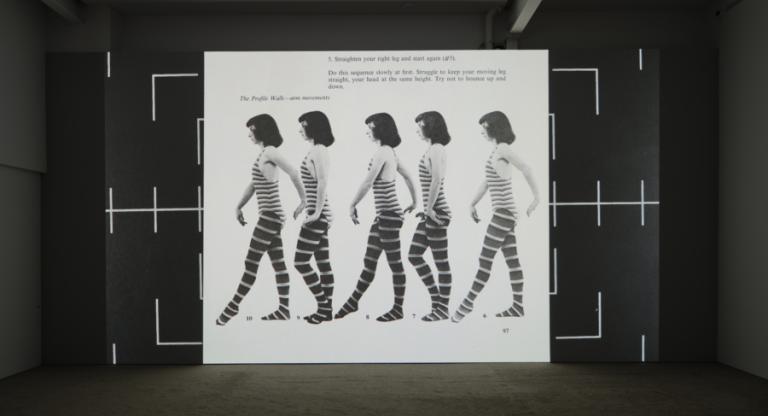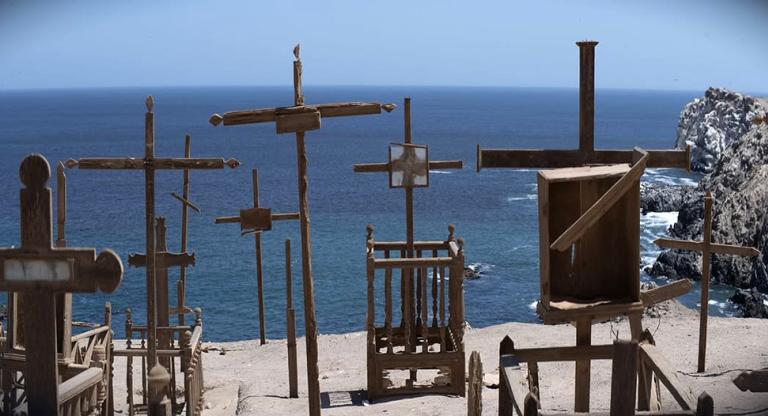The purest pleasure to be found in Ramin Bahrani's Chop Shop is in identifying its outer-borough locations: the lion’s share of the film is set in Willets Point, otherwise known as the Iron Triangle (at least until around 2014–2017, when a $3-billion redevelopment plan went into effect and entire blocks started being razed). This roughly 60-acre pocket of Queens sandwiched between Corona and Flushing was once home to over 200 garages and auto body shops: a remnant, as a friend of mine observed, of the old-world production process that incentivized the clustering of businesses engaged in the same industry. (For other examples of this phenomenon, see Arthur Avenue Retail Market in the Bronx or the erstwhile Book Row on Fourth Avenue.) Other locations include the old Kosciuszko Bridge; built in 1939 and demolished in 2017, the New York Times eulogized it as “a despised hunk of steel that stitched Brooklyn and Queens together through 78 years of congestion and complaint.” And the Borden Avenue bridge, which crosses the Dutch Kills tributary of Newtown Creek, makes its only silver screen appearance that I’m aware of.
Chop Shop is also a fantastic mid-aughts time capsule, kryptonite for an aging millennial like me. Ahmad Razvi checks his SMSs on his Motorola Razr V3 and our adolescent hero, Alejandro Polanco, hawks bootleg DVDs in his spare time. The design of the cars on display, which tend to be ’80s and ’90s model years, surpasses that of contemporary cars in many ways, particularly in headlamp styling. Nowhere to be found in Chop Shop are the “angry” headlamps that became dominant in the late aughts and make every contemporary car look like a petulant child. The cars you’ll see criss-crossing Willets Point Boulevard have a wide range of expressions; of particular note are a 2000 Saturn SL2 with its idiosyncratically close-set headlights and a 1995 Dodge Neon with its famously cute oval lights.
Plenty has been written about Bahrani’s uncanny ability to capture naturalistic performances that feel entirely unrehearsed—comparisons to Vittorio De Sica and other neorealists abound—but Bahrani approaches his material with an almost Kubrickian formalism, often insisting on dozens of takes. The level of emotional vulnerability he draws out of his non-professional actors is disarming, and embedding them directly in the intense milieu of the Iron Triangle puts Chop Shop in the company of docufiction masterworks like La Terra Trema (1948) and On the Bowery (1956). As we watch Alejandro poaching customers from adult barkers who, after business hours, set aside their differences to play cards and smoke Parliament 100s, it takes a concentrated effort to remind ourselves that we’re watching a performance and not unfiltered reality.
Chop Shop screens today, July 2, at the Museum of the Moving Image.



